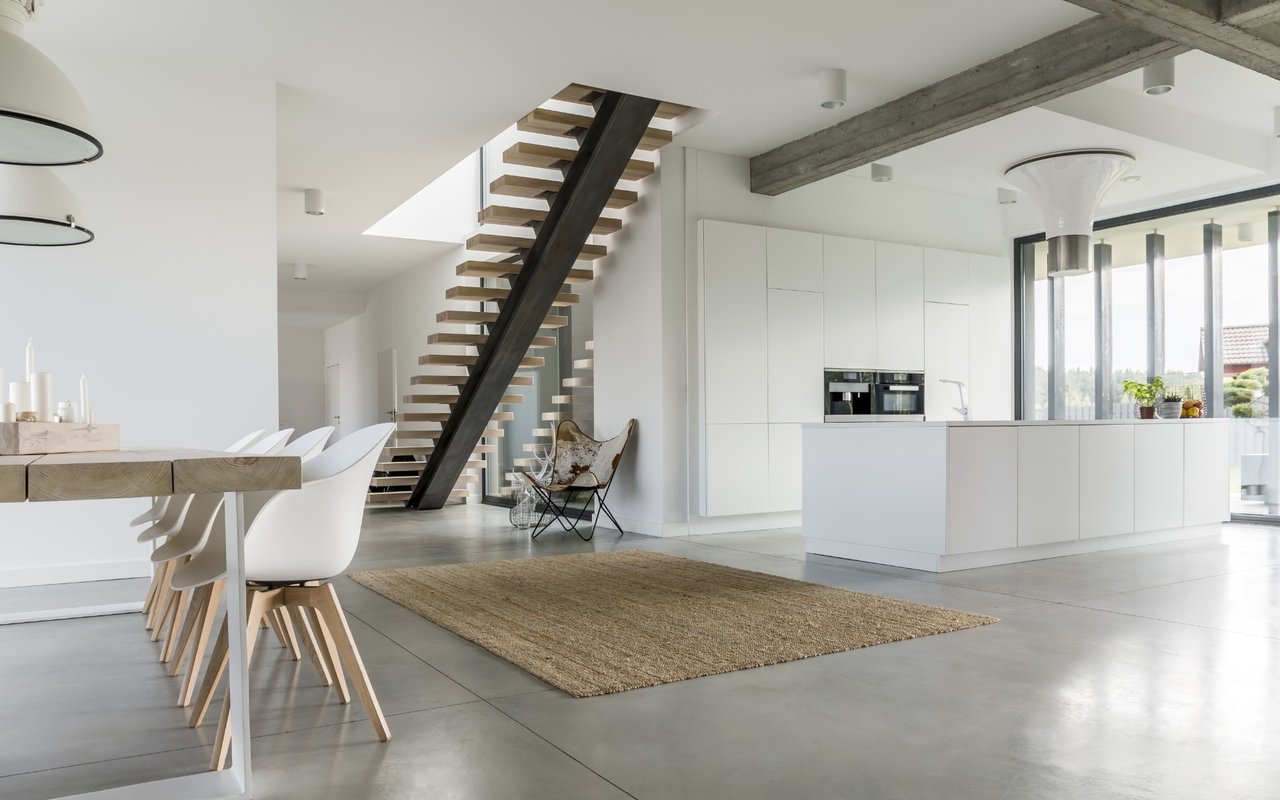
2023 Tax Rate Fun in the 'Burbs
Community news and events, local happenings, fun topics and much more.

Summer Outdoor Dining Fun
I wanted to share with you a few of my favorite, summer outdoor ‘burb and city dining picks.
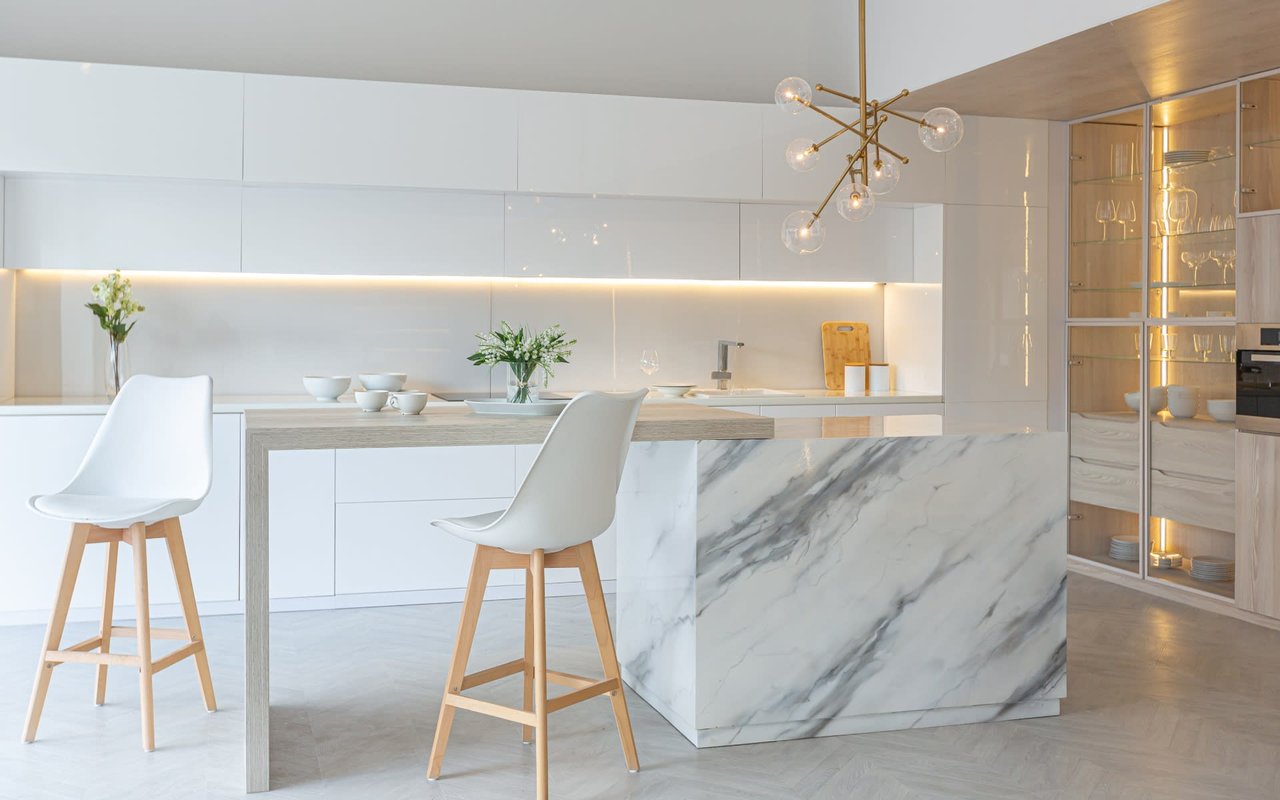
The Top 10 to-dos for the Final Home Buyer Walk-Through
Tips and thoughts for those of you who are about to embark on the process of buying a home.
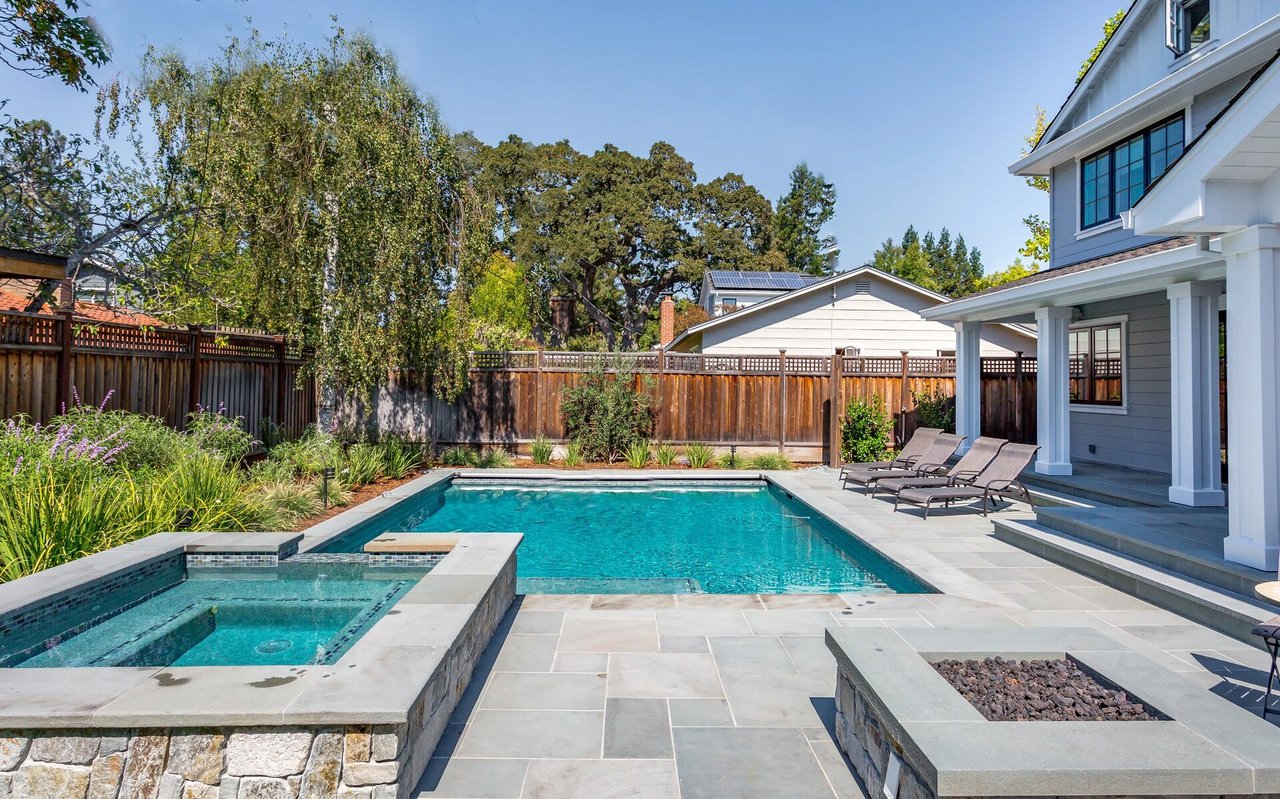
What Says Summer to You?
So during this magical, sunny, spontaneous and joyful time, what is it that says summer to you?
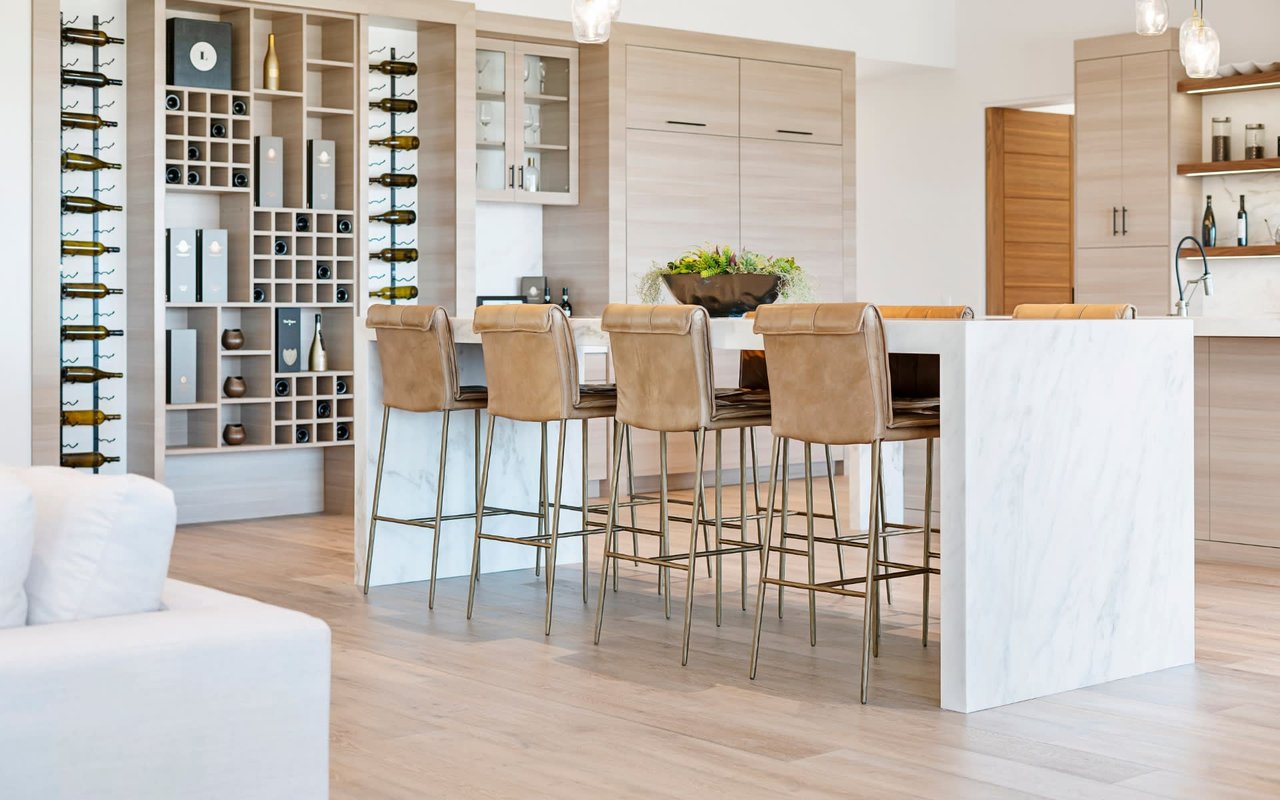
Timeframe to Ready Your House for Sale
Advice and suggestions to help when you find yourself on the journey of selling your home.

Your Favorite Summer Read
There’s almost nothing better than getting fully-immersed into my much-anticipated summer read.
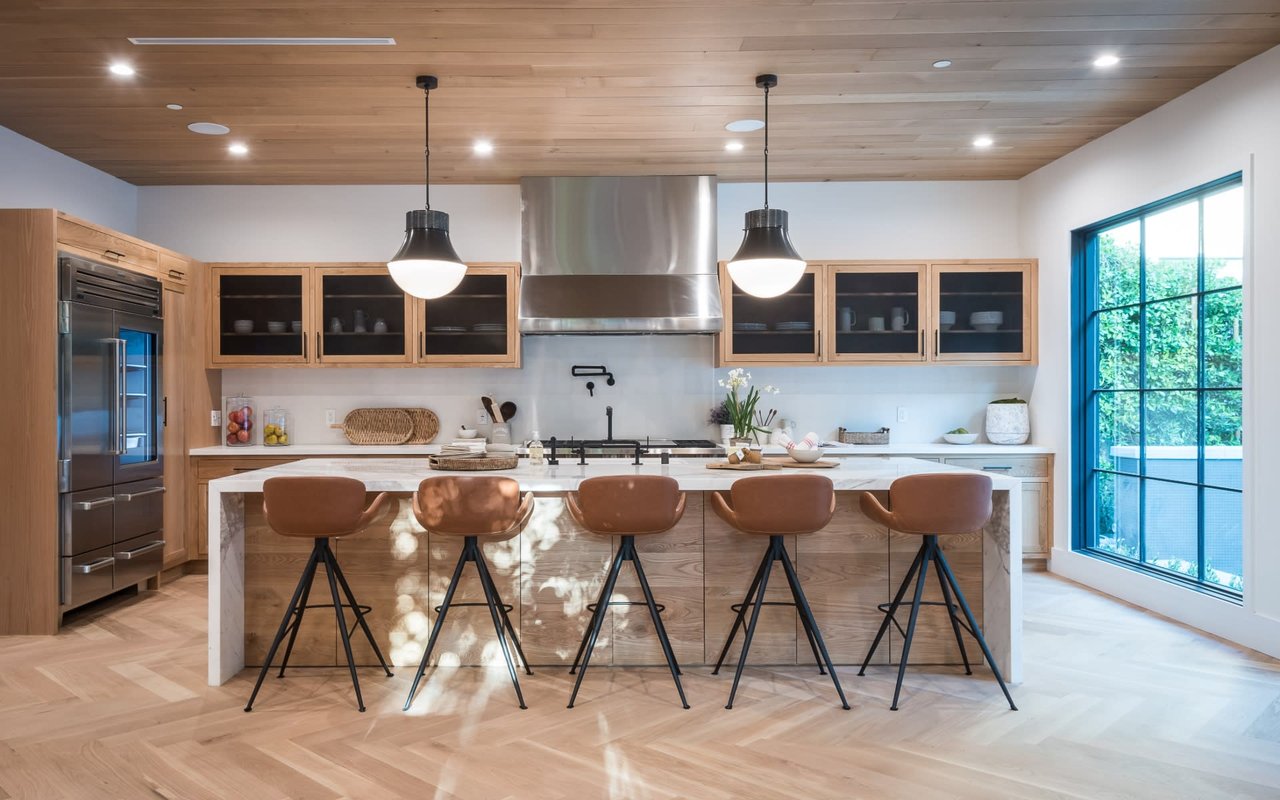
Family Buy-in When Purchasing a Home
Should this important decision include the opinions of your kids, parents, and/or in-laws?
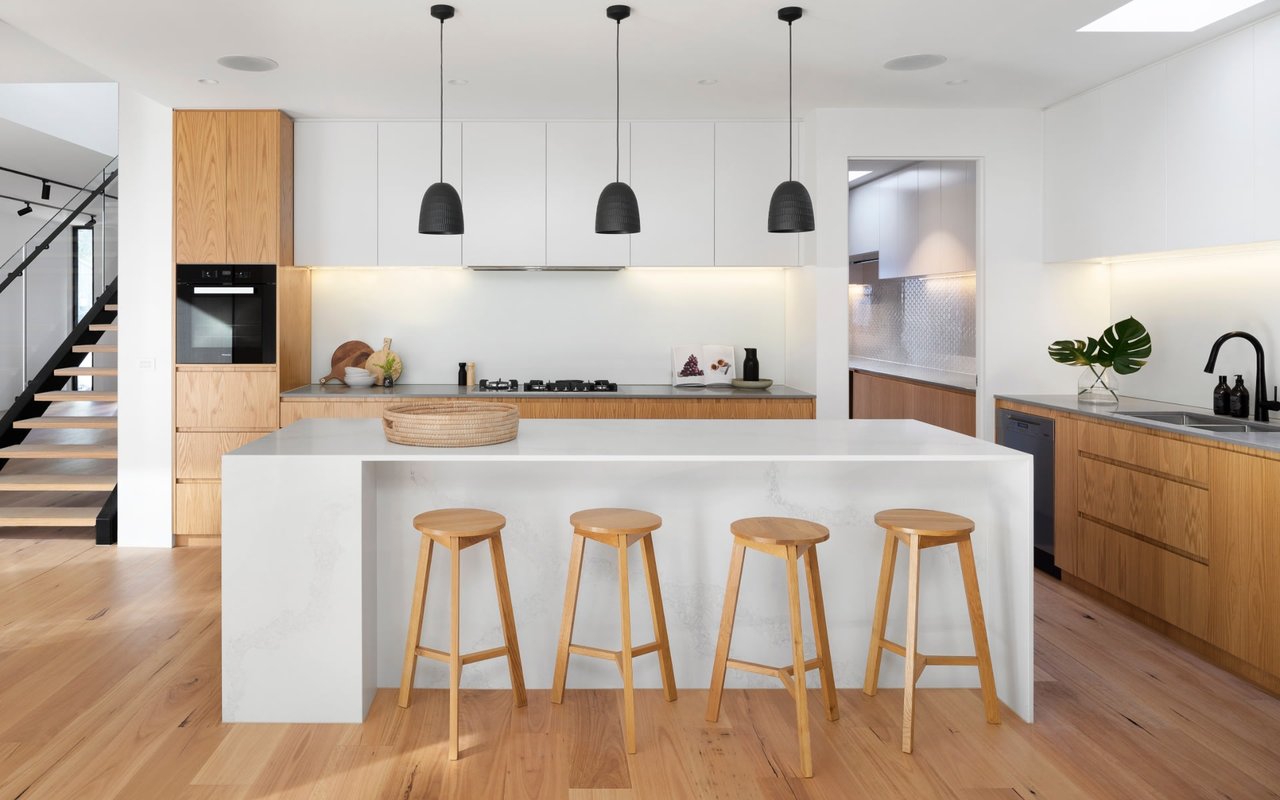
5 Things to Remember in a Bidding War
What are your thoughts on bidding wars? Have you ever found yourself in a multiple-bid situation?
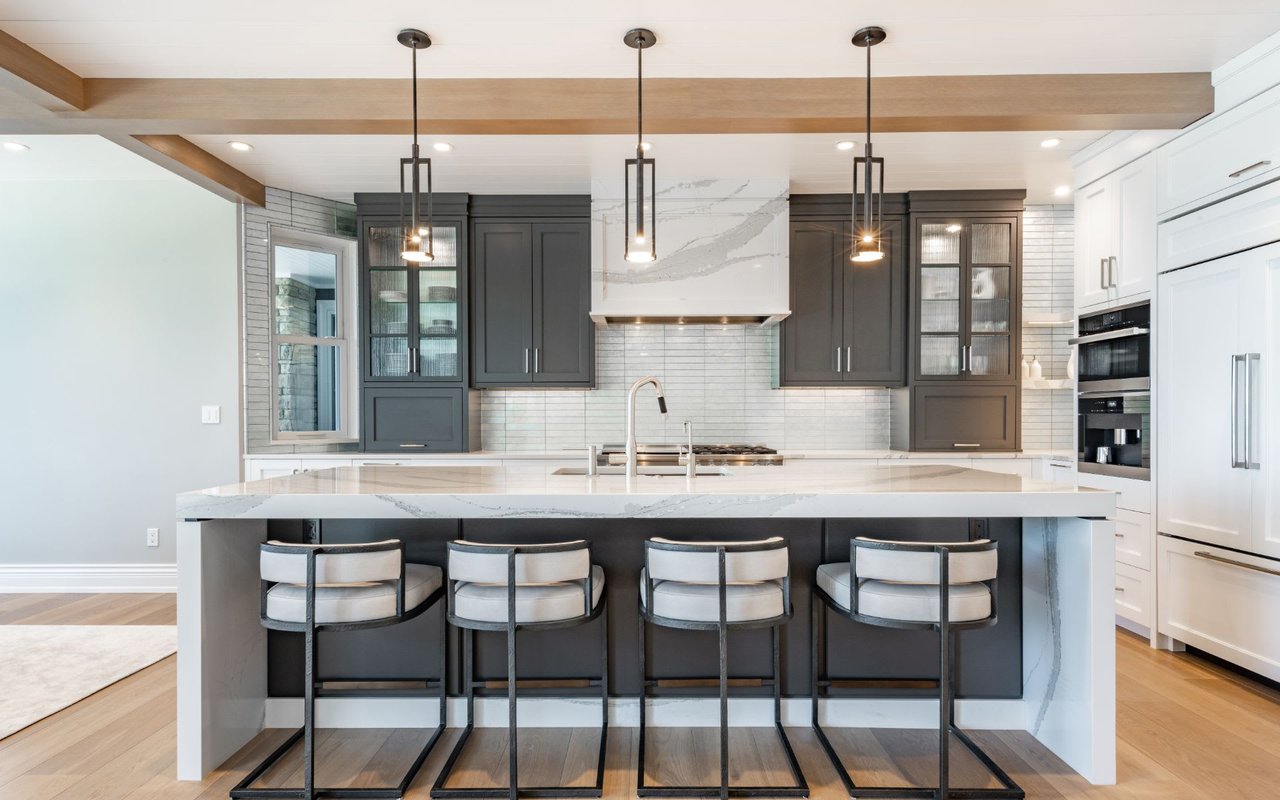
A Quiz to Help You Sell Your Home
I’ve created this quiz, which covers a variety of aspects that go hand-in-hand with the process.